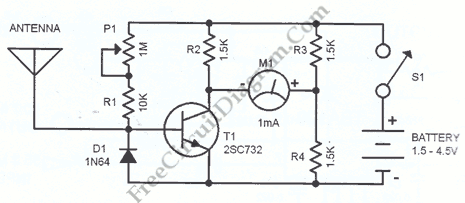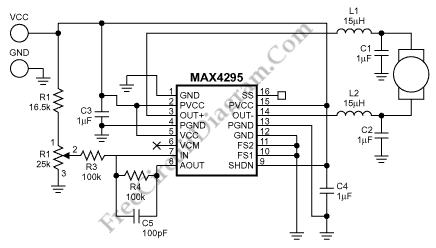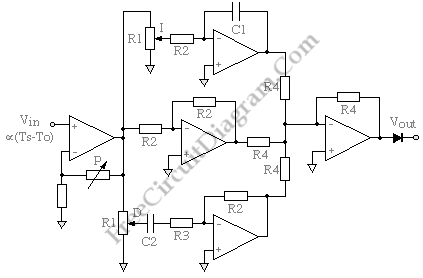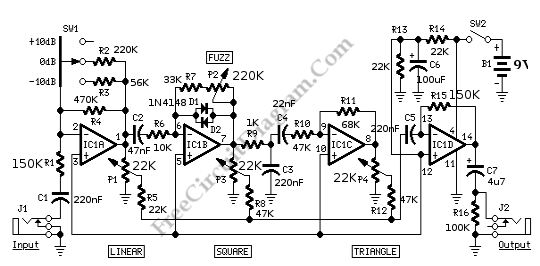PID Controller Using Op-Amp
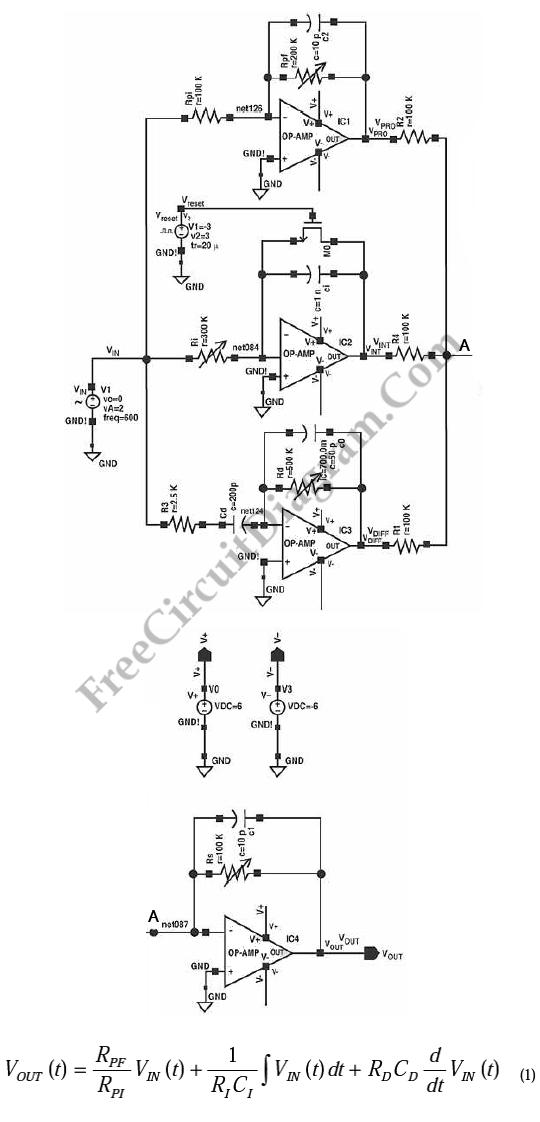
Generally, specifically combined ICs perform a control task. We can carry out simple controls using analog ICs, such as operational amplifier circuitry. The basic component of “Control Electronics” is an integrated circuit (IC). IC is a small electronic device made out of a semiconductor material. According to equation 1, this analog circuit calculates PID control response. Sensor signal VIN is […]
Read more
